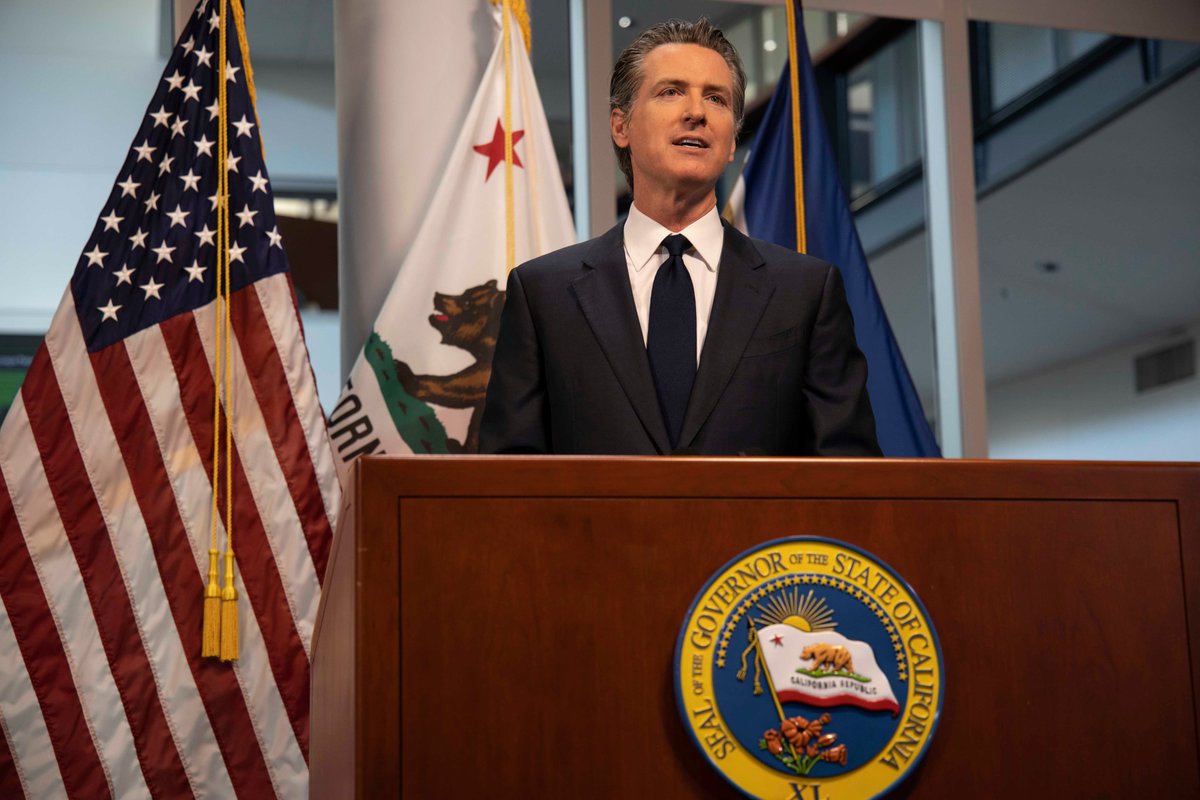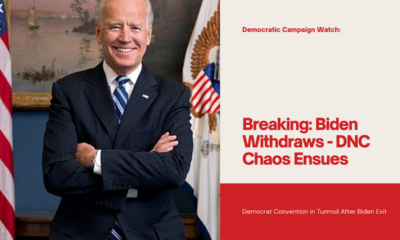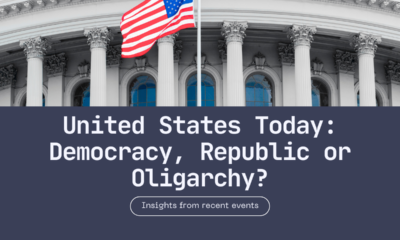Executive
Proposition 1: Politics and Policy as Usual in Newsom’s California
Gavin Newsom has proposed a major mental-health initiative – but it will only throw large sums at a failed mental healthcare model.

Gov. Gavin Newsom and his legislative allies whisked Proposition One onto the March 5 primary ballot in the nick of time. If approved, it will authorize $6.4 billion in state bonds to fund mental health facilities and housing for the homeless.
In a press conference last week, Gov. Newsom portrayed Proposition One as a new approach. “We can’t continue to do what we’ve done, or we’ll get what we’ve got.”
Having spent 13 years building and running one of Northern California’s largest programs for homeless women and children, I urge her voters to look beyond the governor’s rhetoric to see this initiative for what it really is … throwing more taxpayer funds at the same failed model.
First, the good news: the measure would overhaul a 2004 referendum that raised taxes on individuals with incomes over $1 million to fund mental health services. Despite the tens of billions raised and spent since Prop 63 went into effect, it has failed to deliver material results.
However, two other aspects of Proposition One merit close attention. The measure would authorize bonds dedicated to the building of mental health treatment facilities (up to $4.4 billion) and to the creation of 4,350 beds for the chronically homeless and those struggling with mental health issues (up to $2 billion).
Every year under Gov. Newsom’s tenure, three circumstances have held true: a significant increase in homelessness, a legislative discussion around the need for Prop 63 reform, and a budget surplus that could have funded such an initiative.
So why now?
What’s more, how will the state execute on the mental health facility expansion given their shortage of trained personnel required to operate these facilities? And what about the remaining 97.5% of the state’s homeless population who will not receive housing under Prop One?
Further folly is woven deep into the details of the 69-page law. “Housing interventions shall comply with the core components” of the state’s “Housing First” law … hardly a radical departure from business as usual asserted by the governor.
He and his allies have long argued that Housing First – the placement of homeless individuals in housing as the be-all and end-all objective of social services efforts – is working.
However, pre and post-pandemic data from the Department of Housing and Urban Development emphasizes its failure at the federal level and in California, the only state to fully adopt Housing First (starting in 2016). HUD’s latest data shows that nationally, homelessness is at its highest level since the homeless count began in 2007 and that California is home to 30% of the nation’s homeless population and 50% of its chronically homeless population.
“Housing First” law in Californiaexplicitly endorses a “philosophy that recognizes drug and alcohol use and addiction as a part of tenants’ lives” and that tenants should be able to self-determine as to whether to accept treatment services.
Thus, under Proposition One’s requirement that counties allocate 30% of the funds received on “housing interventions,” nearly 1/3 of the measure’s resources will be dedicated to supplying housing where “the use of alcohol or drugs in and of itself is allowed and not a reason for eviction.”
Half of those dollars would be dedicated to housing the chronically homeless, “with a focus on those in encampments.” Bearing in mind that 78% of this population struggles with mental illness and substance use disorder, voters would be wise to review this 14-year study out of Boston to understand the outcomes of such an approach. Only 36% of the chronically homeless placed directly in housing retained that housing for five years and almost half (45%) died during that time span.
With meager prospects for impact and bigger prospects for accumulating more public debt, voters should recognize Proposition One for what it really is – politics and policy as usual.
This article was originally published by RealClearPolitics and made available via RealClearWire.
Michele Steeb is the author of “Answers Behind The RED DOOR: Battling the Homeless Epidemic.” She served 13 years as CEO of one of northern California’s largest programs for homeless women and children and is a former vice president of the California Chamber of Commerce, a former board member of the California Prison Industry Authority (appointed by Gov. Brown), and a former Senior Fellow of the Texas Public Policy Foundation.
-

 Executive4 days ago
Executive4 days agoSecret Service chief gets no solace
-

 Civilization5 days ago
Civilization5 days agoBiden drops out of race
-

 Executive2 days ago
Executive2 days agoWaste of the Day: Louisville Taxpayers Pay Nearly $600,000 For Empty Building’s Maintenance, Security
-

 Guest Columns4 days ago
Guest Columns4 days agoFear Itself: Democrats’ Favorite Strategy Caused Their Current Chaos
-

 Executive3 days ago
Executive3 days agoWhere is Joe Biden – or Jill?
-

 Executive1 day ago
Executive1 day agoWaste of the Day: Throwback Thursday: Cities Used Crime Prevention Funds on Soccer Games, Paper Shredding
-

 Civilization4 days ago
Civilization4 days agoBuild Iron Dome in the United States To Prepare for Israel’s Worst Day
-

 Executive2 days ago
Executive2 days agoFacile and politically motivated suggestions












